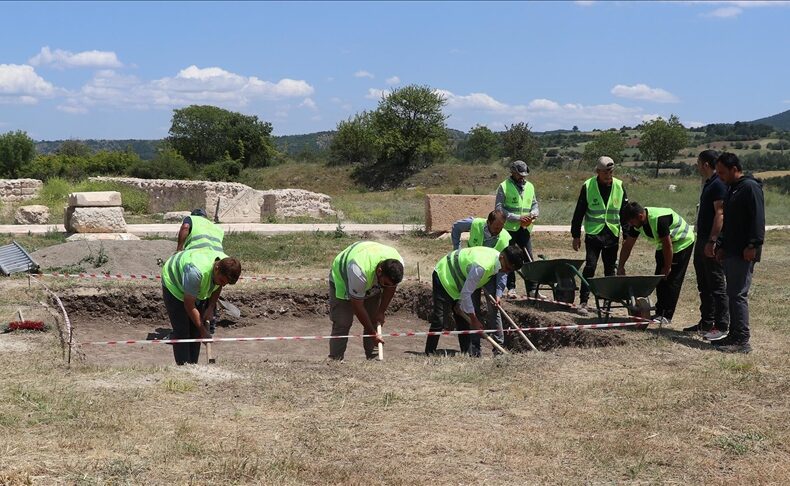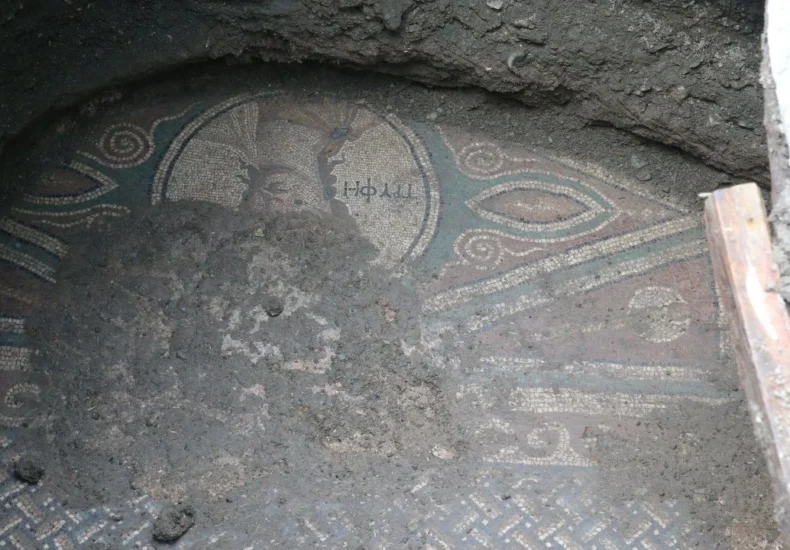
Illegal Excavation in Türkiye’s Tokat Uncovers Rare Roman Mosaic
An illegal excavation in the Zile district of Tokat province has led to the unexpected discovery of a colorful Roman-era mosaic, shedding new light on the region’s rich and ancient history. Archaeologists believe the intricately designed floor mosaic may have once adorned a public building during the Roman period. Tokat is known as one of
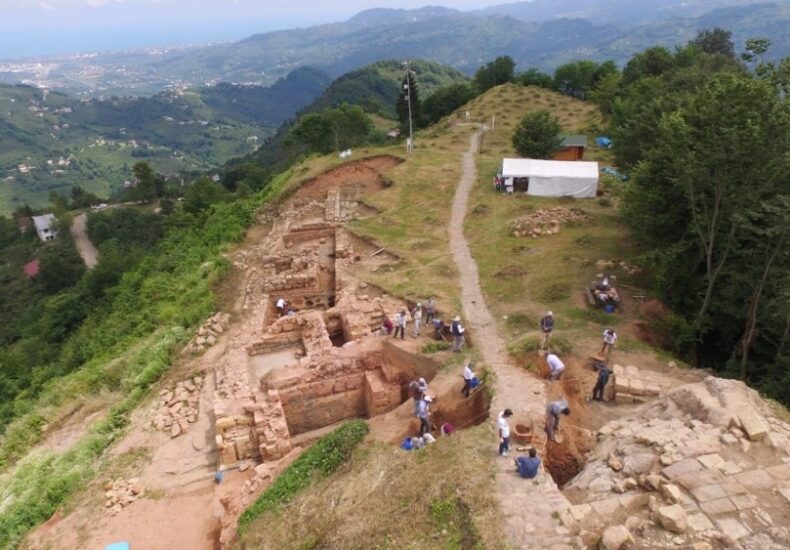
Excavations Resume at Kurul Fortress, Home to the 2,100-Year-Old Mother Goddess Cybele Statue
Kurul Fortress, perched atop the historic heights of Ordu, has earned its place in archaeological literature as the site where the remarkable 2,100-year-old Mother Goddess Cybele statue was uncovered. Now, the ongoing excavations are preparing to enter their 16th season. Recognized as one of the earliest archaeological fortress excavations in the Black Sea region, Kurul
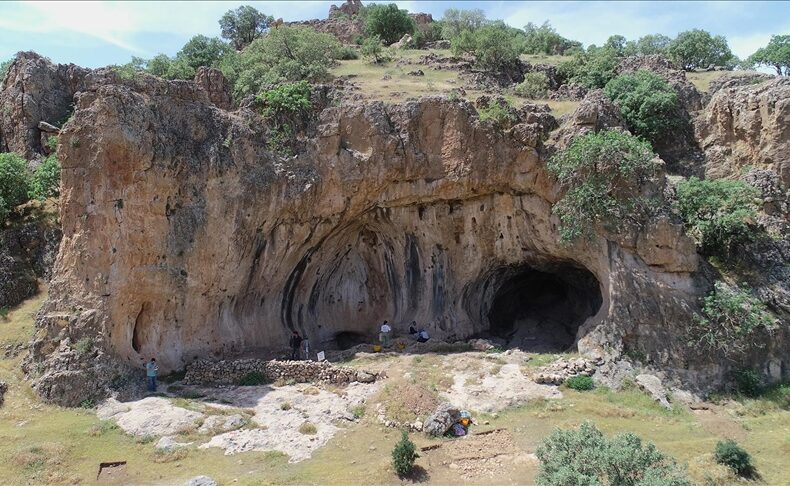
Traces of Humanity Stretch Back 400,000 Years: Striking Discoveries in Uluköy Cave
Archaeological excavations in Uluköy Cave, located in Mardin’s Kızıltepe district in southeastern Türkiye, have revealed evidence of human presence dating back 400,000 years. From obsidian tools to animal remains, the discoveries shed new light on the deep roots of human history in Anatolia. The First and Only Cave Excavation in Northern Mesopotamia Uluköy Cave, nestled
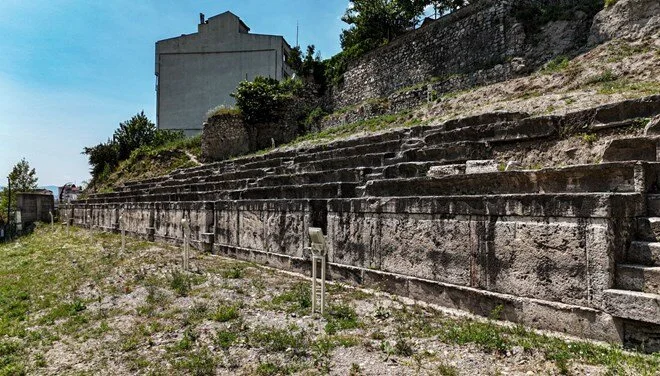
Ancient Roman Stadium of Bithynia in Bolu to Become Türkiye’s New Archaeological Highlight
The recently excavated ancient Roman stadium in the historic region of Bithynia, located near Bolu in northwestern Türkiye, is poised to open as a major archaeological attraction by the end of 2025. Discovered in 2008, this rare example of Roman sports architecture is the first stadium uncovered in Bithynia, a region rich in classical heritage
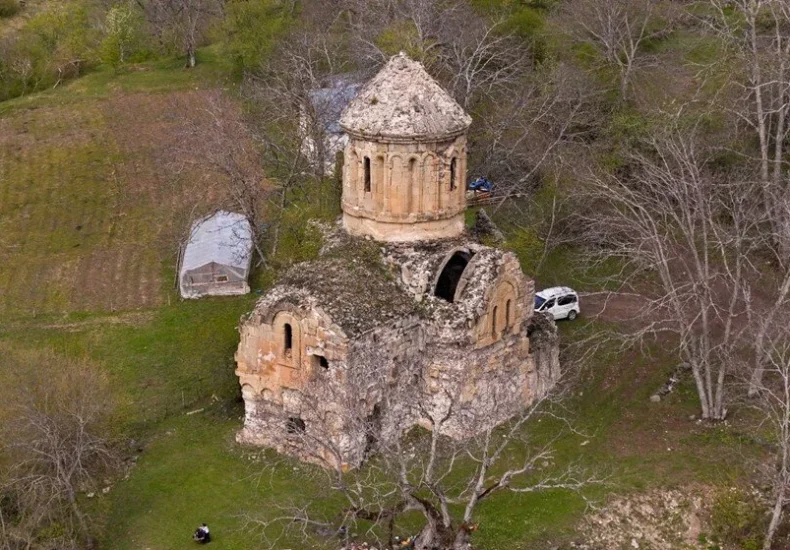
A Historical Discovery in Türkiye’s Black Sea Region: Rabat Monastery Captivates Visitors
Located in northeastern Türkiye’s Artvin Province, near the border with Georgia, the historic Rabat Monastery fascinates history and culture enthusiasts with its architectural features and hidden passages. Nestled in a lush forested valley, this medieval structure offers an immersive journey through time. Situated in Çamlık (Rabat) Village, part of the Ardanuç district, the monastery lies
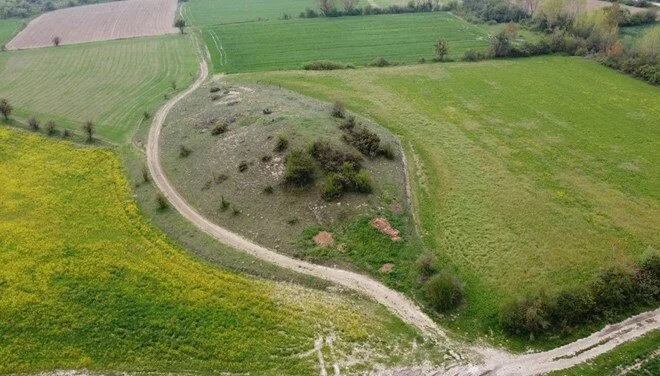
Ancient Roman-Era Kilözü Tumulus in Bolu Declared Protected Archaeological Site
The Kilözü Tumulus, located in the village of Kilözü in Bolu’s Mudurnu district and believed to date back to the Roman era, has officially been declared a 1st-degree archaeological site by the Ankara Regional Board for the Protection of Cultural Heritage. The decision came following a detailed application by the Bolu Museum Directorate and field
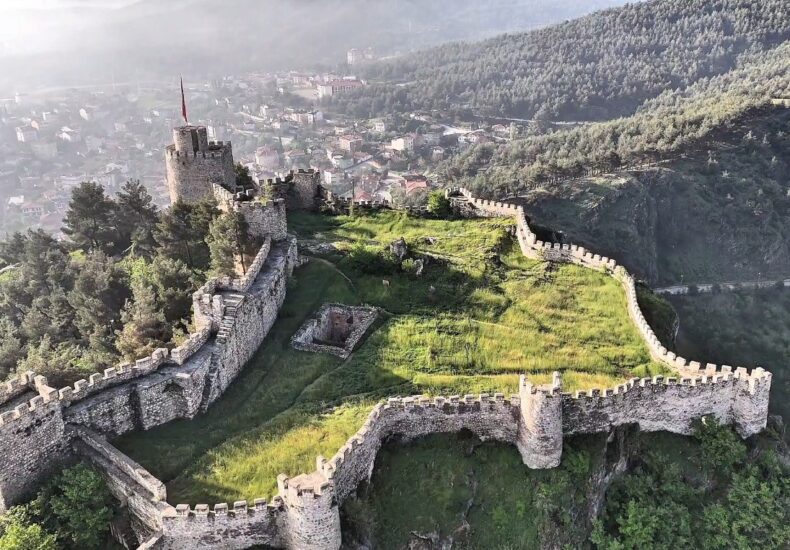
Boyabat Castle: 2,700 Years of Paphlagonian Legacy
Located at the northernmost edge of Türkiye, Sinop is a city not only known for its natural beauty but also for its deep-rooted historical heritage. One of the most striking remnants of this heritage is Boyabat Castle, an ancient stronghold built around 2,700 years ago by the Paphlagonians. Perched on a rugged cliff overlooking the
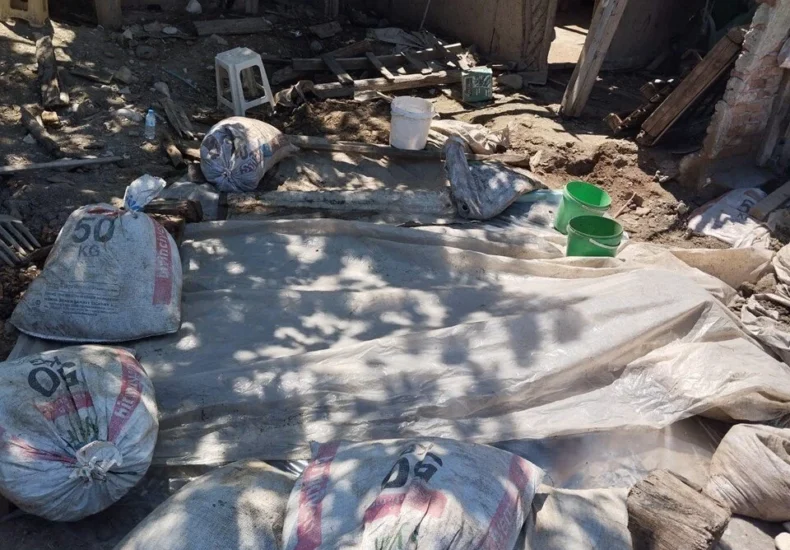
Illegal Excavation Uncovers 2,000-Year-Old Roman Mosaic in Zile
In Zile, a district in Türkiye, four individuals conducting an illegal excavation uncovered a 2,000-year-old Roman mosaic. The operation carried out by gendarmerie forces led to the recovery of the historical artifact and the arrest of those involved in the excavation. Illegal Excavation Reveals a Hidden Roman Treasure The Gendarmerie Command in Zile discovered that
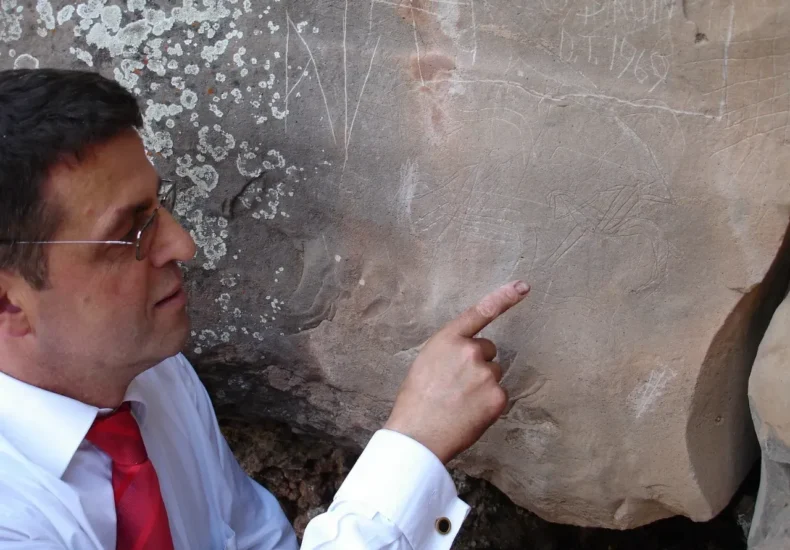
Esatlı Rock Inscriptions Reveal That Turkish Migrations to Anatolia Occurred Earlier Than Previously Thought
Turkish tribes initiated a westward migration wave from the lands known as Central Asia. The Turkish people who migrated westward in two major branches reached Anatolia in one branch, while the other branch moved towards Europe through the Russian steppes. According to official history, the Turks’ adoption of Anatolia as their homeland began with the

